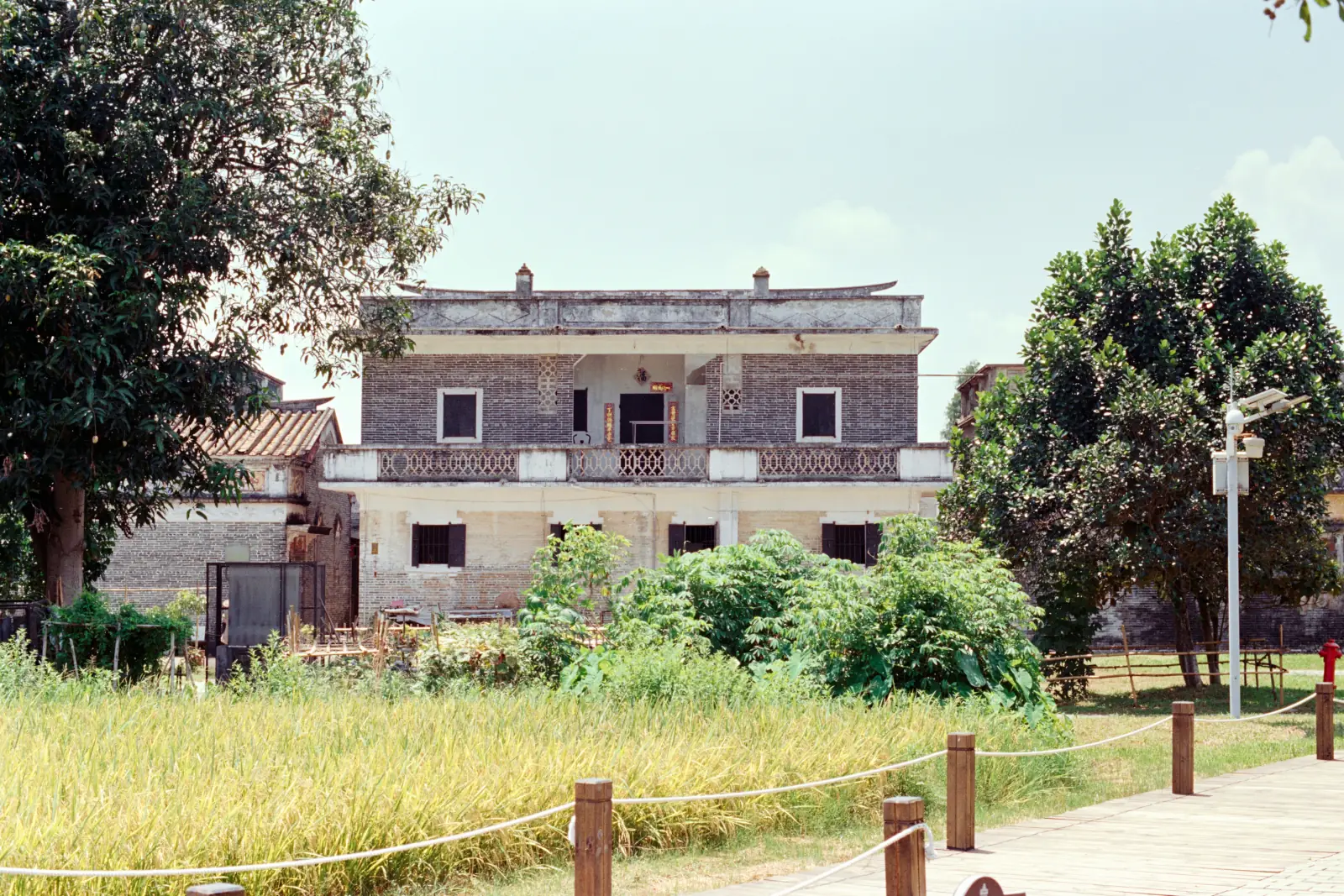Most of us chose this community for the same reasons: it’s well-kept, feels safe, and protects our home investment. Community inspections help keep it that way. They’re not about “catching” people— they’re about care, consistency, and communication.
What inspections actually do
Protect curb appeal & property values. Small issues (peeling paint, broken fencing, weeds) add up fast. Routine inspections catch little things before they become big, expensive problems—and that supports everyone’s home value.
Promote safety. Trip hazards, blocked sidewalks, damaged mailboxes, unsecured pool gates, and fire-lane parking get identified and addressed quickly.
Keep things fair. The rules apply to all of us. Scheduled, uniform inspections ensure enforcement is consistent, not personal or selective.
Manage operating costs. When homes and common areas are maintained, the association spends less on emergency fixes and can plan better for long-term reserves.
What inspections are not
Not punitive. The first step is almost always a friendly notice with time to correct—no fines if it’s resolved.
Not personal. Inspectors use the same checklist and timing for every street. We don’t make case-by-case judgments based on who you are.
Not surveillance. Inspections are done from public streets and common areas and focus on exterior items visible to everyone.
How our process works (start to finish)
Regular schedule. Inspections occur on a predictable rhythm (e.g., monthly/quarterly), so everyone knows what to expect.
Objective checklist. Items include landscaping, paint, exterior storage, trash/recycle placement/timing, vehicles, and architectural conformity.
Courtesy notice first. If an item is out of compliance, we send a polite, detailed notice with photos (when available), the rule reference, and a reasonable cure window.
We welcome communication. Can’t complete it in time? Tell us. We routinely grant extensions for weather, back-orders, travel, or health reasons.
Follow-up only if needed. Most items are resolved after the courtesy notice. If not, we send a formal notice and offer a hearing (due process) before any fines are considered.
Close the loop. Once fixed, we mark it resolved—no fines, no lingering marks, just a quick “thank you.”
Why this approach is neighborly
Prevention beats reaction. Fixing a leaning fence or trimming a low limb today is far cheaper than replacing a collapsed section or repairing storm damage later.
Consistency reduces conflict. When every lot is held to the same standards, neighbors don’t have to police each other.
Compassion is built in. Life happens—moves, family care, illnesses. Communication and extensions are part of the program.
Common questions
“Why did I get a notice when my project is already scheduled?”
Great—email us the date and contractor info. We’ll note your file and hold off on follow-ups.
“Can I get extra time?”
Usually yes. Supply delays and weather are real. Ask for an extension before the due date and we’ll set a new reasonable timeline.
“What if I disagree with a notice?”
Reply with photos or context and we’ll review. If it’s still unresolved, you can request a hearing with your Board to present your case before any fines are considered.
“Why me and not my neighbor?”
Inspections cover every street on a set schedule. If we missed something, tell us—uniformity matters, and we’ll follow up. It is likely we also sent your neighbor a letter but for privacy reasons we don't disclose this information
“Is the HOA Board aware of these violation letters?”
Yes, we email the board after a drive-through inspection and provide them time to review before letters are sent.
Tips to make inspections painless
Seasonal checklist: After storms or each season, walk the front of your home—gate latches, fences, gutters, paint touch-ups, turf/landscape, and house numbers.
Trash timing: Set reminders for when containers may be set out and must be pulled in. (Most notices are for this and most cities publish guidelines as well!)
Parking & signs: Respect fire lanes, sidewalks, “head-in only,” and temporary signage rules. These are primarily safety issues.
Architectural requests (ACC/ARC): Before changing paint color, roofs, fences, or landscaping, submit a quick ACC request. Approvals are fast and avoid re-do costs.
How you can help us help you
Talk to us early. If you’re planning a project or dealing with a hardship, a quick email avoids misunderstandings.
Share photos. A photo of materials on order or work in progress speeds up extensions and closes.
Update your contact info. Current emails and phone numbers mean you get notices promptly—less stress for everyone.
Be neighborly. If you receive a notice, it’s not a judgment—it’s a nudge. We’re on the same team.
The big picture
Routine inspections are one of the simplest tools your HOA has to keep the community safe, attractive, and fairly governed. They work best when they’re predictable, consistent, and empathetic—and when homeowners know we’re here to help, not to hassle.
Need an extension or have a question?
Reply to your notice email (or contact hoa@pmimetroplexproperties.com) with your address, a brief update, and—if applicable—photos. We’ll work with you on a practical timeline.
Together we protect our neighborhood’s look, safety, and value—one small fix at a time.


